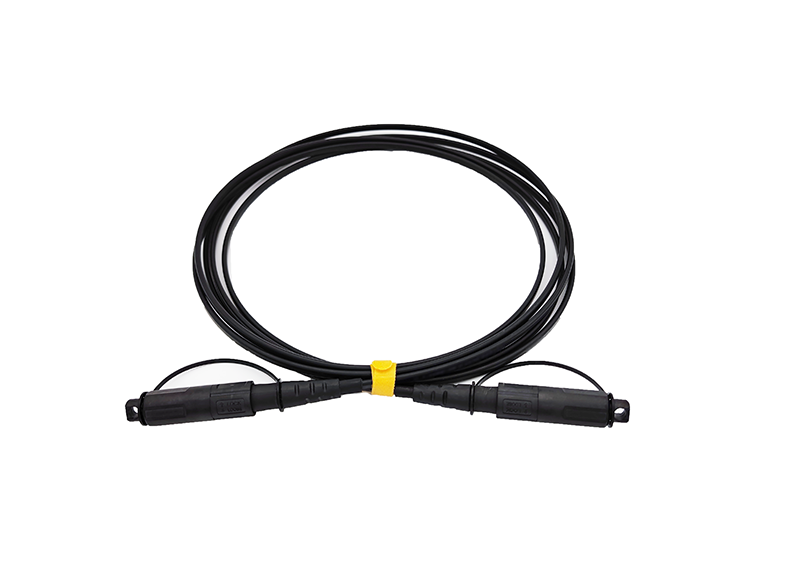Optical fiber interface type and optical transceiver indicator diagram

Type of optical fiber interface:
FC round with thread (most used on distribution frame)
ST clip type round
SC clip-on square (most used on router switches)
PC microsphere grinding and polishing
APC is at an Angle of 8 degrees and is polished with microsphere
MT-RJ square, dual fiber transceiver integrated (useful on Huawei 8850)
Optical fiber module: Generally, it supports hot swap.
GBIC Giga Bitrate Interface Converter, which is mainly of SC or ST type
SFP small package GBIC, the optical fiber used is LC type (attached is the physical picture of some jumpers)
Optical transceiver:
Top left - when light represents 1000M rate
Upper right - when light represents 100M rate
Left center - On indicates that pigtail is connected. Blinking indicates that data is being transmitted
Right middle - On indicates that the network cable is connected. Blinking indicates that data is being transmitted
Lower left corner - If on, a power cable has been connected
Lower right corner - Full duplex rate when on, half duplex rate when off
(2) foil shielded twisted pair ftp, large bandwidth, strong anti-interference performance, has the characteristics of low smoke and no halogen. On the other hand, the price and installation cost of the shielded cable are higher than that of the unshielded cable, and the bending performance of the cable is slightly worse. This form is commonly used in the shielding systems of Class Six lines and before.
(3) Independently shielded twisted pair stp, each pair of wires has an aluminum foil shielding layer, and four pairs of wires together have a common metal braided shielding layer, which is the standard structure of seven types of wiring. It is suitable for high-speed network applications, provides highly confidential transmission, supports future new applications, helps to unify the current network application wiring platform, so that all kinds of information, from E-mail to multimedia video, can be transmitted in the same set of high-speed system. The additional shielding allows for a large wire diameter for Class 7 wiring, which requires special care in designing the installation routing and end space with a large space and a large bend radius. Corning has now launched the Class 7 wiring system in China.
As early as 1997, the cabling standardization agencies and manufacturers have put forward the idea of seven-class cabling system, among which Corning company released 600mhz seven-class cabling in 1997. It can provide at least 500mhz comprehensive attenuation-to-crostalk ratio and 600 MHZ overall bandwidth, and its connection head requires that all line pairs at 600 MHZ provide at least 60db comprehensive near-end stringing. However, the super Class 5 system only requires 43db at 100mhz, and the value of class 6 at 250mhz is 46db. Moreover, because of its excellent shielding design and high bandwidth, a typical class seven channel can even provide a bandwidth of 862mhz for one pair of lines simultaneously for cable TV signals, analog audio signals in another pair, and then high-speed LAN information in the third and fourth lines. This kind of application is unimaginable at present, but will soon be realized by the seven class cabling system, the current seven class cabling system launched by Corning company has reached the bandwidth of 1200mhz leading the industry.










